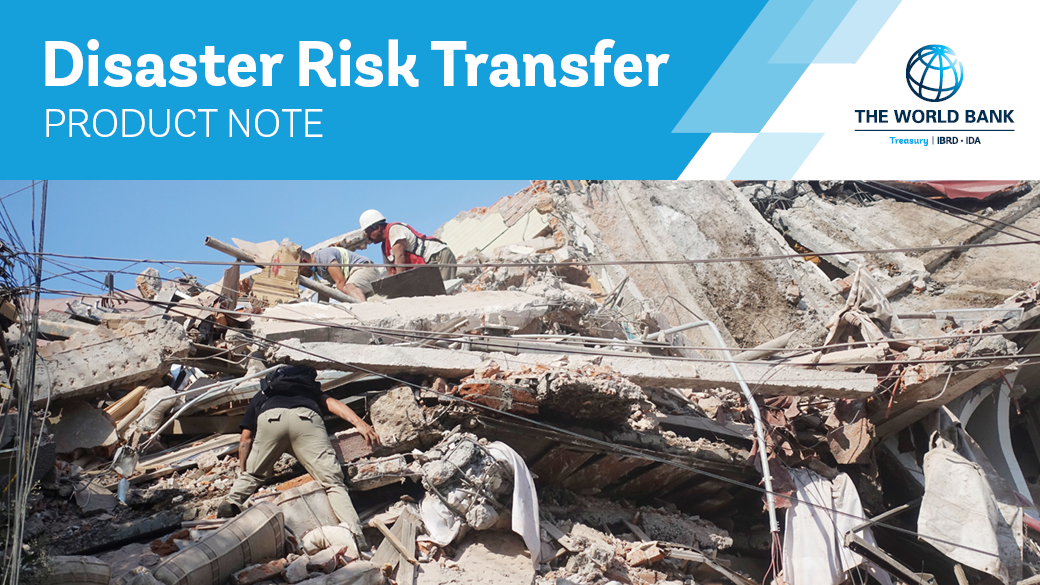What are catastrophe bonds?
Catastrophe bonds allow entities exposed to natural disaster risk, to transfer a portion of that risk to bond investors.
Catastrophe bonds work in a similar manner to insurance, paying out when a disaster event meets certain pre-defined criteria (e.g., a specified earthquake magnitude).
In a typical catastrophe bond structure, the entity exposed to the risk (known as the “sponsor”) enters into an insurance contract with a SPV that issues the bonds to investors. The SPV invests the proceeds of the bond issuance in highly rated securities that are held in a collateral trust, and it transfers the return on this collateral, together with the insurance premiums received from the sponsor, to the investors as periodic coupons on the bonds.
If a specified natural disaster occurs during the term of the bond, some or all of the assets held as collateral are liquidated and that money is paid to the sponsor as a pay-out under its insurance contract with the SPV. If no specified event occurs, the collateral assets are liquidated on the maturity date of the bonds and the money is paid to the investors.
World Bank issued catastrophe bonds do not require an SPV. Instead, the sponsor (or World Bank client) enters into an insurance or derivative contract with the World Bank. The World Bank issues the bonds to investors, invests the proceeds, and manages payments to the sponsor and investors.


